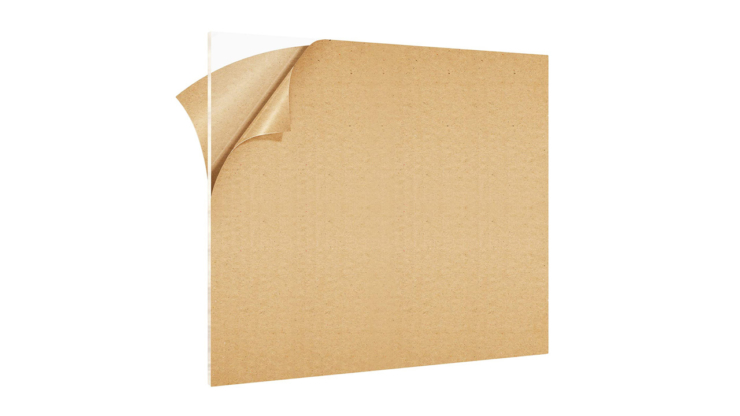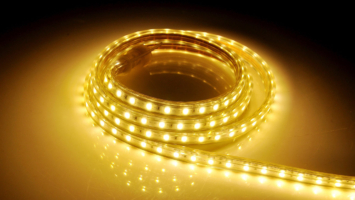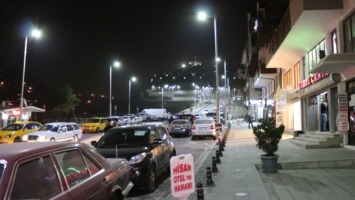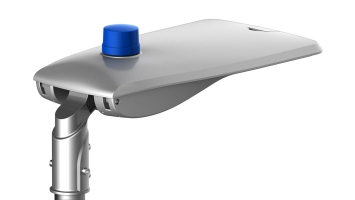
PMMA (polymethyl methacrylate) is a transparent and rigid thermoplastic material. It is also known as acrylic, acrylic glass and plexiglass. PMMA is widely used in the production of lenses, diffusers and light guides in lighting industry because of its high light transmittance providing property.
PMMA has many advantages over other transparent polymers. PMMA is a strong, durable and lightweight material. It has high resistance to UV lights, weather conditions and other environmental factors, also offers unlimited coloring options and provides excellent light transmission. It offers unlimited coloring options and provides excellent light transmission. PMMA allows 92 percent of the light to pass through it. Its density is 1.18 g/cm3 and its melting temperature is 160 °C. PMMA ignites and burns at 460 °C. PMMA is the thermoplastic with the highest surface hardness. It has high resistance to chemicals and scratching.
The glass transition temperature of PMMA is 105 °C. Therefore, PMMA is an organic glass at room temperature. It exhibits qualities as glass (clarity, gloss, transparency, translucency). But above this temperature, it begins to lose its glassy properties. İf it is planned to use in lighting applications at higher temperatures, various modifications must be maken on the material for increasing the glass transition temperature.
PMMA can be found in many forms such as sheets, blocks, beads and resins. PMMA can be processed by various methods such as injection molding, compression and extrusion , also it can be used as a 3D printing material. PMMA filaments can be found in a wide variety of colors.
PMMA in pure form, sometimes does not exhibit for the property standards of certain applications, in order to further improve PMMA properties such as impact resistance, chemical resistance, flame retardancy additives or fillers are can be used. E.g; Plasticizer is added to change the glass transition and impact strength. Dye is added during polymerization for UV light protection and coloring. PMMA is 100 % recyclable with using a special thermal processing. It is a non-biodegradable material. This makes PMMA highly sustainable.
The most well-known usage of PMMA is roof panels that can withstand weather conditions such as sun, rain and snow. It can be used in interior and exterior lighting, indicators, spoiler and similar parts in the automotive sector. Besides, PMMA is used in the screens of devices such as TVs, computers and mobile phones.







COMMENTS
MAKE A COMMENT